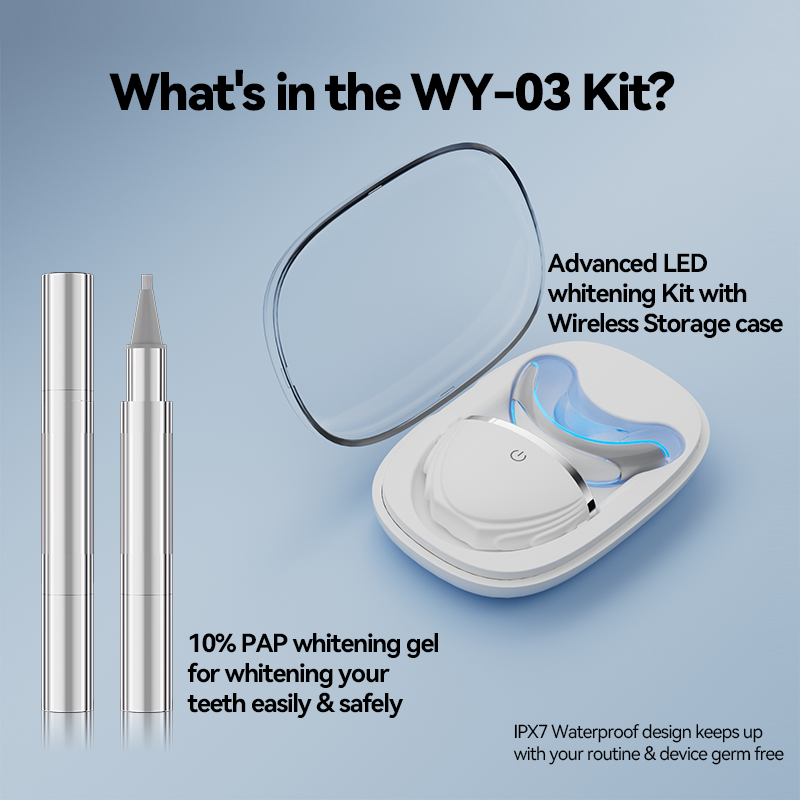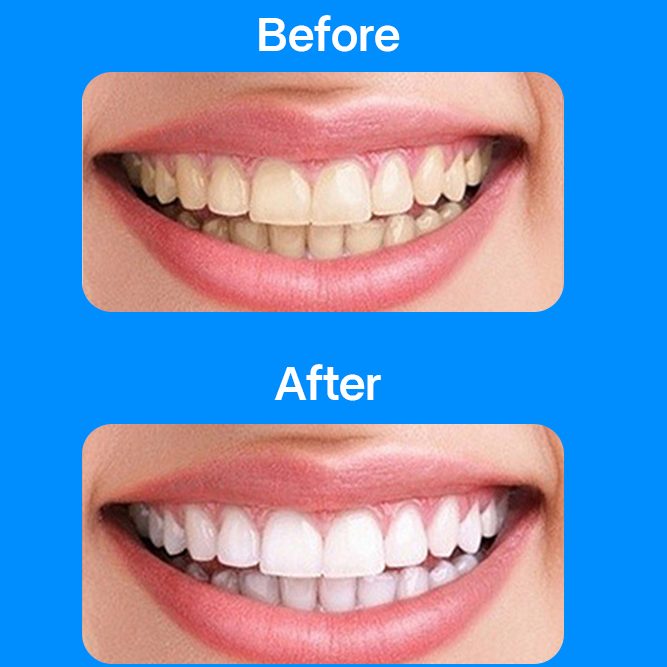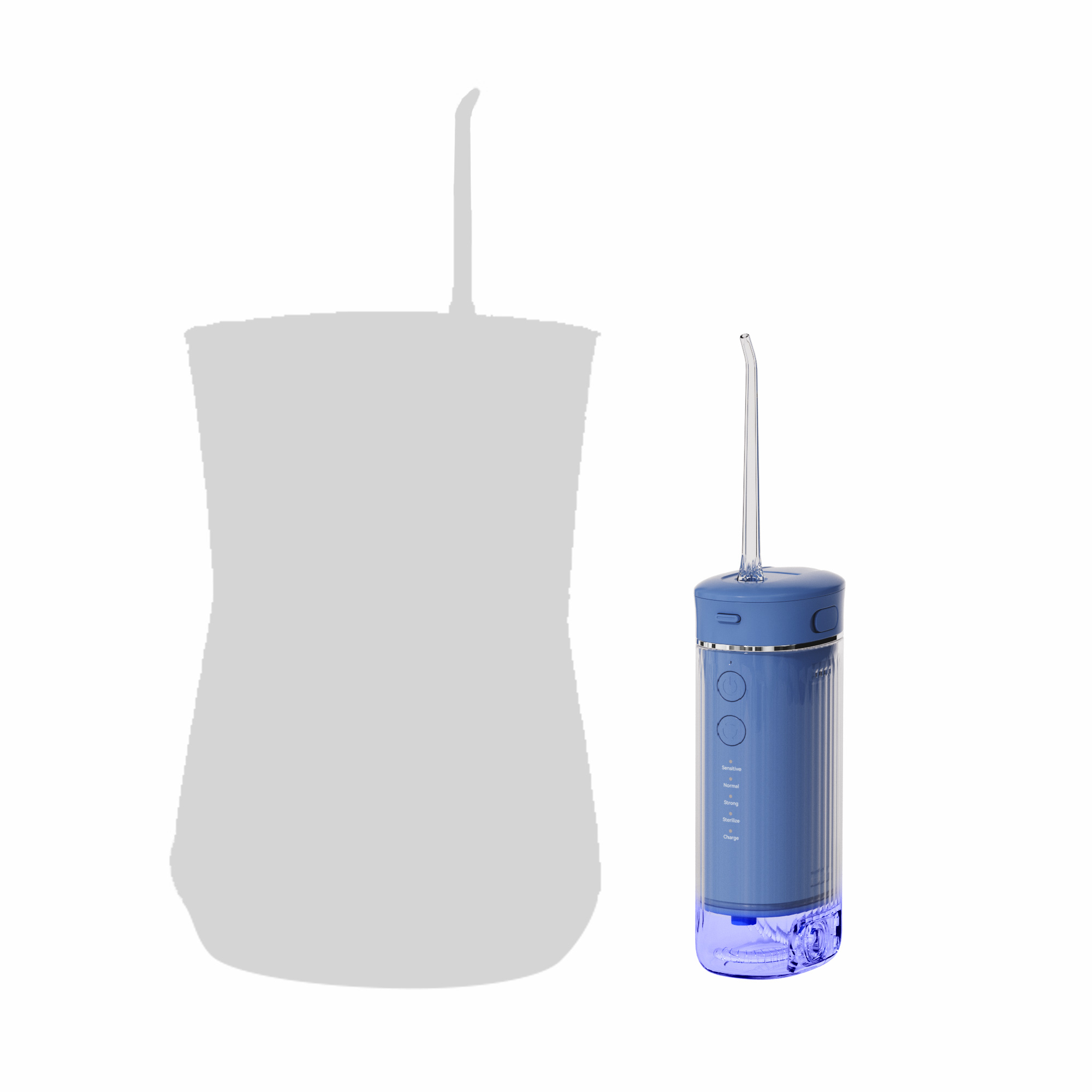In recent years, the market for home teeth whitening devices has grown rapidly, driven by consumer demand for accessible, convenient, and affordable dental aesthetics. For oral care product brands looking to enter or expand in this category, understanding the characteristics of the target audience is essential for effective product design, marketing, and partnership with the right manufacturing partner. This article explores the key demographics, preferences, and selling points that users care about, while also analyzing the market potential of home teeth whitening devices from a B2B perspective.
The primary target audience for home teeth whitening devices falls within the following demographic groups:
Age Group: 18–45 years old. Younger adults, particularly Millennials and Gen Z, are highly image-conscious and often influenced by social media trends.
Gender: While both genders show interest, women typically make up a slightly higher proportion of the user base, especially in beauty and self-care product segments.
Location: Urban dwellers in developed and emerging markets with access to e-commerce platforms.
Income Level: Middle-income to upper-middle-income consumers who seek salon-level results without the cost of professional treatments.
Understanding the characteristics of the target audience at this level helps brands align product features and price points with user expectations.
Beyond demographics, behavior and motivation play a crucial role in product success:
Self-care mindset: Consumers increasingly prioritize self-care and wellness routines, including dental aesthetics.
Convenience seekers: Buyers value the ability to use whitening devices at home without needing to schedule appointments.
Influenced by aesthetics: Social media and influencer marketing significantly impact purchase decisions, especially when product benefits are visible (i.e., before-and-after results).
Trust and safety-oriented: Consumers care deeply about product safety, ingredients, and results backed by clinical data or certifications.
These behavioral traits shape the selling points that users care about when comparing different home teeth whitening solutions.
To effectively position a product in the market, it’s essential to focus on the features most valued by end users:
Effectiveness: Visible whitening results within a short period (e.g., 7–14 days).
Comfort and safety: Use of gentle formulas and materials that protect enamel and reduce sensitivity.
Ease of use: Simple application methods, such as LED mouthpieces or whitening pens.
Portability: Compact design for on-the-go or travel use.
Affordability: Competitively priced compared to in-office treatments but still seen as high-value.
Technology integration: Some consumers prefer devices with smart features like timers or mobile app connectivity.
For brand owners, aligning product development with the selling points that users care about enhances market competitiveness and consumer loyalty.
1-1024x683.jpg)

The global market for home teeth whitening devices is poised for strong growth. Several factors drive this:
Rising aesthetic awareness: Increasing importance of appearance, particularly among younger consumers and professionals.
Digital influence: Short-form videos and influencer endorsements amplify product visibility and drive demand.
E-commerce growth: Online channels make it easier than ever to discover and purchase whitening devices.
Post-pandemic health consciousness: As consumers seek at-home wellness solutions, teeth whitening fits naturally into self-improvement trends.
This makes the segment highly attractive for brands and highlights the market potential of home teeth whitening devices for both existing oral care companies and new entrants.
With a clear understanding of the audience and product expectations, brands must partner with manufacturers who can:
Offer OEM/ODM flexibility for customized branding, formula, and packaging.
Comply with safety and quality standards, including CE, FDA, and ISO certifications.
Adapt to fast development timelines to meet market trends quickly.
Provide scalable production to support brand growth from pilot to mass distribution.
The ability to respond to market feedback rapidly is crucial in a trend-sensitive category like home teeth whitening.
As demand for home teeth whitening devices continues to rise, identifying and understanding the characteristics of the target audience is critical for success. Consumers are driven by a desire for visible results, ease of use, and trustworthy product quality. Brands that can address the selling points users care about and partner with manufacturers capable of agile, high-quality production will be best positioned to capture value in this fast-growing market. For oral care brands, now is the time to capitalize on the market potential of home teeth whitening devices by developing products that meet both user needs and commercial demands.
Battery Degradation Accelerating LED Dimming – Unavoidable?

Precautions During Use – Maximize the Effectiveness of the Home Teeth Whitening Device
sonic electric toothbrush Tucson
.jpg)
Need an Electric Toothbrush Packaging Supplier with Integrated Electric Toothbrush Logistics Services?

How Can Water Flosser Factories Help Brand Owners Build High-End Product Lines?
.jpg)
Choosing Between a Sonic vs Oscillating Toothbrush Supplier?
.jpg)
Where to Find Electric Toothbrush Manufacturer Reviews to Identify the Best Electric Toothbrush for Distributors?
Tray Misalignment Worsening Jaw Pain – Solution Exists?

FAQ for New Water Flosser Brands: Avoiding Costly OEM Mistakes
Sensor Failure During Overpressure Damage – Double Trouble?
Short Circuit Plus Water Leakage – Playing with Fire?
Timer Malfunction with Whitening Reversal – Wasted Effort?

What Sets and Combinations of Oral Care Products Can Be Made to Promote Sales?
Gum Irritation or Throat Irritation – What’s the Culprit?

Water Flosser Disadvantages: What Your OEM Factory Isn’t Telling You?

Water Flosser Working Principle Explained by a Direct OEM Factory

electric toothbrush heads Charcoal Infuse-Round

Electric toothbrush heads Charcoal Infused-Diamond

Private Label Whitening Gel

electric toothbrush heads Deep Clean

electric toothbrush heads Ultra Soft

Customization Teeth Whitening Gel

electric toothbrush heads Regular Clean
.jpg)
Florida Electric Toothbrush – Powsmart PTR-C8
whstapp
whstapp
National Toll-Free Service Hotline
+86 755 86238638